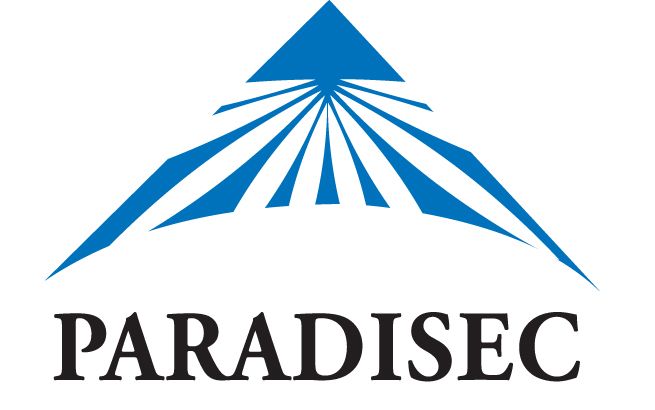Full description
Translation (Htoi San) A long time ago, we Kachin lived in the mountainous region, and we were not educated. I want to tell you about their living and social system at that time. Sometimes in a large village, there were thirty or forty families in that district. There was one chief in that kind of village. In the ancient time of the Kachin people, When the hunters got the wild animal meat by hunting, they dismembered the meat and gave the thigh to the chief first, then they distributed the rest to every family in that village. Furthermore, when they did farming and cultivating, they did for the chief's farm first, then they worked for their own fields. They were so united and hung out like that. Moreover, when someone built a house, every family came out and constructed it together until it was absolutely done. They inhabited their lives with help, understanding, and harmony one after another. Even more, when there was a feasting party, they worked together to fill up the gaps. Therefore, for today's children to listen, we do not forget how they loved each other. We continue and work together to follow their ways of loving, caring, and sharing. Transcription (Lu Awng) Moi shawng de gaw anhte jinghpaw bumga kaw e na jinghpaw amyu sha ni hpaji mung rai nchye ai gaw re nga ai, dai ten hta e da shanhte ni nga lu nga lai nga sat nga sa lam hpe e tsun dan mayu ai i. Mare buga langai mi kaw gaw kalang marang gaw shanhte ni kahtawng gaw htinggaw 30, 20 dai zawn re mare ni nga ai. Dan re mare kaw re jang gaw du langai mi nga ai le i. Du salang nga na nga ai, dai prat ten na jinghpaw myu sha ni gaw mare kahtawng langai mi kaw re jang gaw namshan langai mi hpe e jau gawng gawng na lu sha wa ai shaloi rai yang mung dai shan dai hpe gaw magyi hpe gaw shawng du wa hpe shawng jaw n htawm e ngam ai hpe gaw nta htinggaw gu hkra re na shanhte gaw dai shan dai hpe e garan sha ma ai. Dai hta n ga gaw shanhte ni gaw yi sun hkauna galaw sha ai shaloi retim mung shawng nnan gaw yi hpe e yi wa galaw ai re yang mung ga shadawn yi wa galaw yang mung du wa na yi wa shawng galaw ai i, shawng galaw na she ngam ai tinang na bai galaw la re na e grai myit hkrum na nga ma ai. Bai nna she e dan na e nta langai mi mare buga kaw e kahtawng kaw e tinang nta langai galaw ai shaloi retim mung htinggaw shagu gaw pawng nna chyawm galaw ngut, yawng ngut kre ai du hkra chyawm galaw ma ai da. Matut nna shanhte gaw langai a hpang langai dai hku na shada da garum hkintau hkat nna nga ma ai da. Dai sha n ga na malu masha poi shingra retim mung ra ai lam hpe gaw mahkra chyawm galaw na nga ma ai da. Dai majaw dai ni mung ya anhte ma ni ya kadai retim mung madat la na matu gaw dai ni a tsawra myit hpe e anhte galoi mung shada shanhte tsawra ai lam hpe anhte n kabai kau ai sha i, dai ni hpe e matut nna anhte jawm galaw ga ngu nna ma e tsun dan ai ga i. . Language as given: Jinghpaw Reuse Information
Created: 2017-02-13
Data time period: 2017 to ,
ISO3166: MM
Subjects
User Contributed Tags
Login to tag this record with meaningful keywords to make it easier to discover
Identifiers
- URI : catalog.paradisec.org.au/repository/KK1/0981

- Local : KK1-0981
- DOI : 10.4225/72/5989E7C740928



